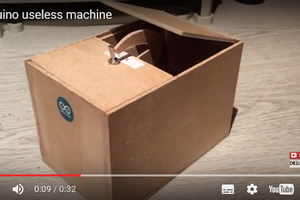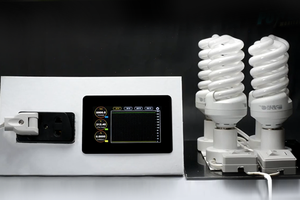About Project
Solenoid Lock
A solenoid lock operates on the principle of the electronic-mechanical locking mechanism. This lock has an idler with a slanted cut as well as a mounting bracket.
When the power is utilized, DC generates a magnetic field that drives the slug inside and maintains the door in the unlocked position. The slug will maintain its position until the power is excluded. When the power is disconnected the slug transits outside and locks the door.
Implementation and Testing
Once we are ready with all implementation, we can start testing the Solenoid Door Lock project.
Here in the below diagram, we have soldered all the components on the board so that it can be installed on the door simply.
So for testing mount the board on the door frame as well as a magnet on the door so that it can recognize the door movement.
Now you can scan your RFID card to open the door lock. The solenoid lock will rest open until the Hall Effect sensor output is high.

 hIOTron
hIOTron
 Pete Milne
Pete Milne
 4D Makers
4D Makers
 nathan
nathan
 Markus Gebhard
Markus Gebhard